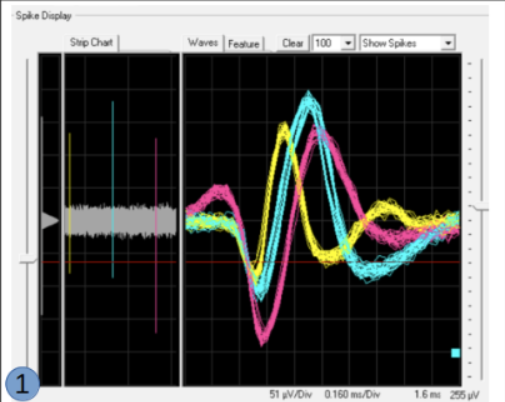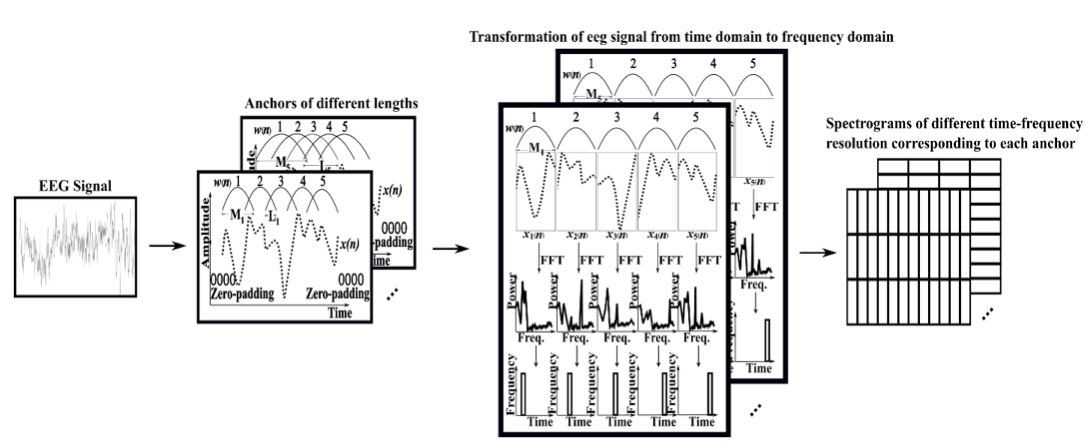The generation of discrete movement with distinct and stable time courses characterizes each human movement and reflect the need to perform catching and interception tasks and for timed action sequences, incorporating dynamically changing environmental constraints.  Several lines of evidence suggest neuronal mechanism for the initiation of movements i.e. in the supplementary motor area (SMA) and the premotor cortex and for movement planning mechanism generating velocity profiles satisfying time constraints.
Several lines of evidence suggest neuronal mechanism for the initiation of movements i.e. in the supplementary motor area (SMA) and the premotor cortex and for movement planning mechanism generating velocity profiles satisfying time constraints.
In order to meet the requirements of on-line evolving trajectories we propose a model, based on dynamical systems which describes goal directed trajectories in humans and generates trajectories for redundant anthropomorphic robotic arms. The analysis of the attractor dynamics based on the qualitative comparison with measurements of resulting trajectories taken from arm movement experiments with humans created a framework able to reproduce and to generate naturalistic human like arm trajectories.
Susanne Blex, Tim Sziburis, Ioannis Iossifidis Department of Computer Science, Ruhr West University of Applied Sciences, 45407 Mülheim an der Ruhr, Germany Institute of Neuroinformatics, Ruhr University Bochum, 44801 Bochum, Germany In our research, we model human upper-limb motion by means of the attractor dynamics approach as a promising candidate for the generation of human-like … Read More “BernsteinConference 2022:A dataset of 3D hand transport trajectories determined by inertial measurements from a single sensor” »




